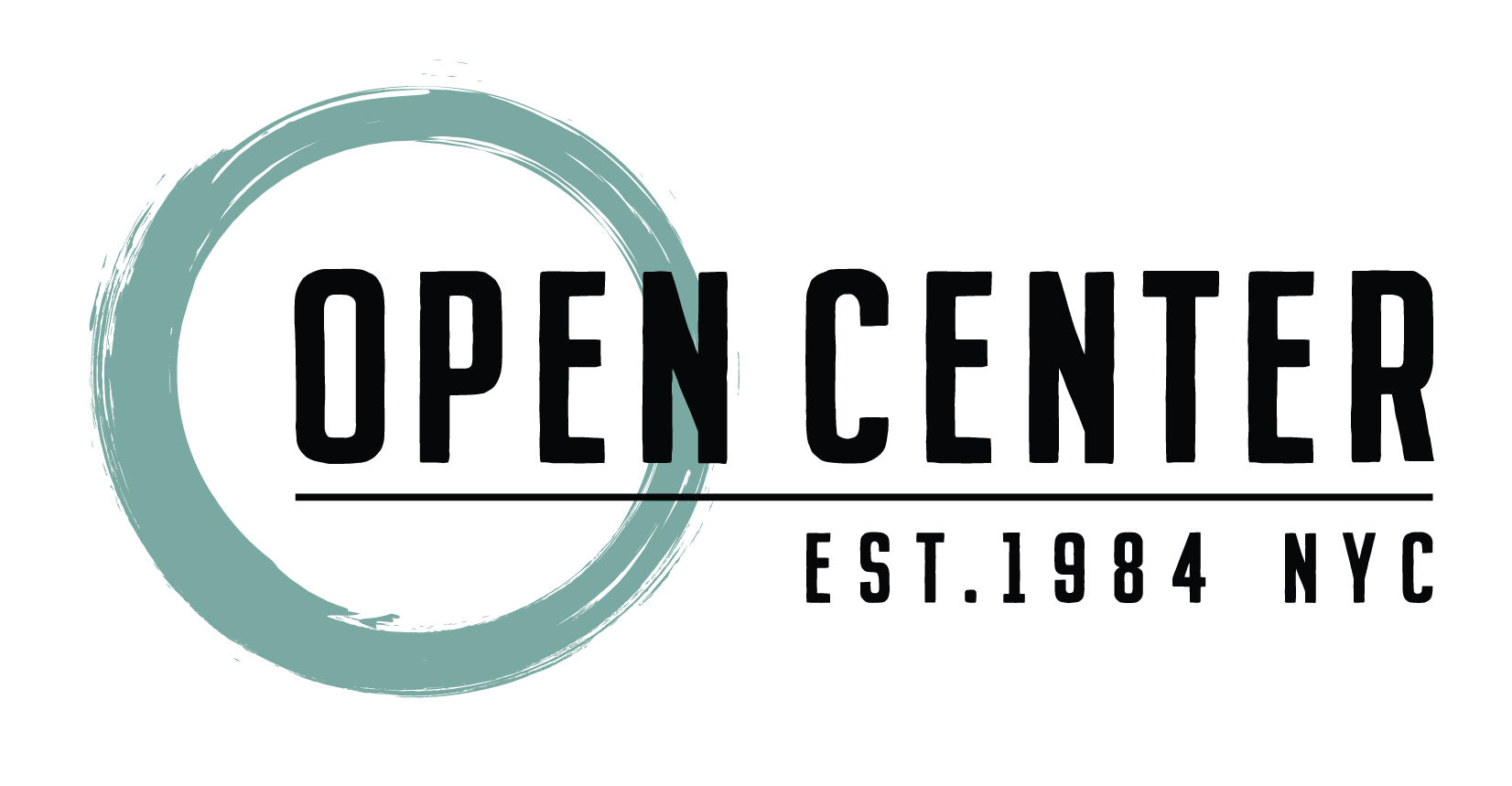By Richard Schwartz, PhD
The Internal Family Systems Model (IFS) has evolved over the past twenty years into a comprehensive approach that includes guidelines for working with individuals, couples and families. The IFS Model represents a new synthesis of two already-existing paradigms: systems thinking and the multiplicity of the mind. It brings concepts and methods from the structural, strategic, narrative and Bowenian schools of family therapy to the world of subpersonalities. This synthesis was the natural outcome that evolved after I, as a young, fervent family therapist, began hearing from my clients about their inner lives. Once I was able to set aside my preconceived notions about therapy and the mind, and began to really listen to what my clients were saying, what I heard repeatedly were descriptions of what they often called their “parts” — the conflicted subpersonalities that resided within them.
This was not a new discovery. Many other theorists have described a similar inner phenomenon, beginning with Freud’s id, ego, and superego, and more recently the object relations conceptions of internal objects. These ideas are also at the core of less mainstream approaches such as transactional analysis (ego states) and psychosynthesis (subpersonalities), and are now manifesting in cognitive-behavioral approaches under the term schemata. Prior to IFS, however, little attention was given to how these inner entities functioned in relation to each other.
Since I was steeped in systems thinking, it was second nature to begin tracking sequences of internal interactions in the same way I had tracked interactions among family members. As I did, I learned that parts take on common roles and common inner relationships. I also learned that these inner roles and relationships were not static and could be changed if one intervened carefully and respectfully. I began conceiving of the mind as an inner family and experimenting with techniques I had used as a family therapist.
The IFS Model, which evolved as a result of this exploration, views a person as containing an ecology of relatively discrete minds, each of which has valuable qualities and each of which is designed to — and wants to — play a valuable role within. These parts are forced out of their valuable roles, however, by life experiences that can reorganize the system in unhealthy ways. A good analogy is an alcoholic family in which the children are forced into protective and stereotypic roles by the extreme dynamics of their family. While one finds similar sibling roles across alcoholic families (e.g., the scapegoat, mascot, lost child), one does not conclude that those roles represent the essence of those children. Instead, each child is unique and, once released from his or her role by intervention, can find interests and talents separate from the demands of the chaotic family. The same process seems to hold true for internal families — parts are forced into extreme roles by external circumstances and, once it seems safe, they gladly transform into valuable family members.
What circumstances force these parts into extreme and sometimes destructive roles? Trauma is one factor, and the effects of childhood sexual abuse on internal families has been discussed at length (Goulding and Schwartz, 1995). But more often, it is a person’s family of origin values and interaction patterns that create internal polarizations which escalate over time and are played out in other relationships. This, also, is not a novel observation; indeed, it is a central tenet of object relations and self psychology. What is novel to IFS is the attempt to understand all levels of human organization — intrapsychic, family, and culture — with the same systemic principles, and to intervene at each level with the same ecological techniques.





 Richard Schwartz, PhD, began his career as a family therapist and an academic at the University of Illinois at Chicago. There he discovered that family therapy alone did not achieve full symptom relief and in asking patients why, he learned that they were plagued by what they called “parts.”
Richard Schwartz, PhD, began his career as a family therapist and an academic at the University of Illinois at Chicago. There he discovered that family therapy alone did not achieve full symptom relief and in asking patients why, he learned that they were plagued by what they called “parts.” 